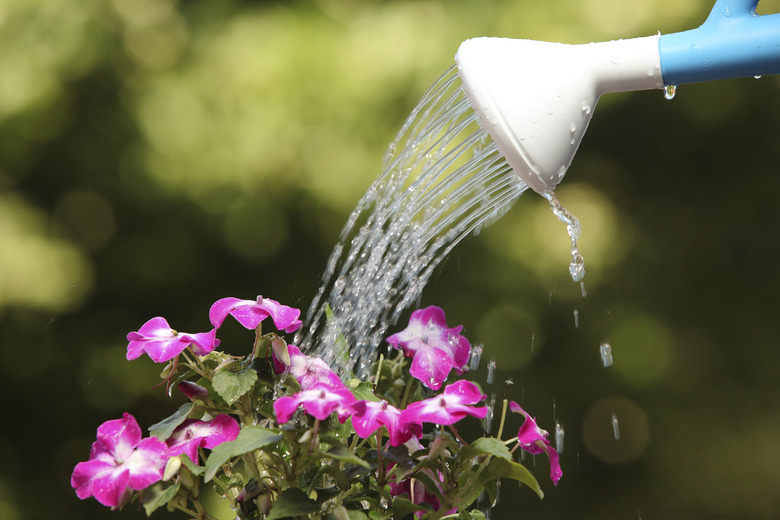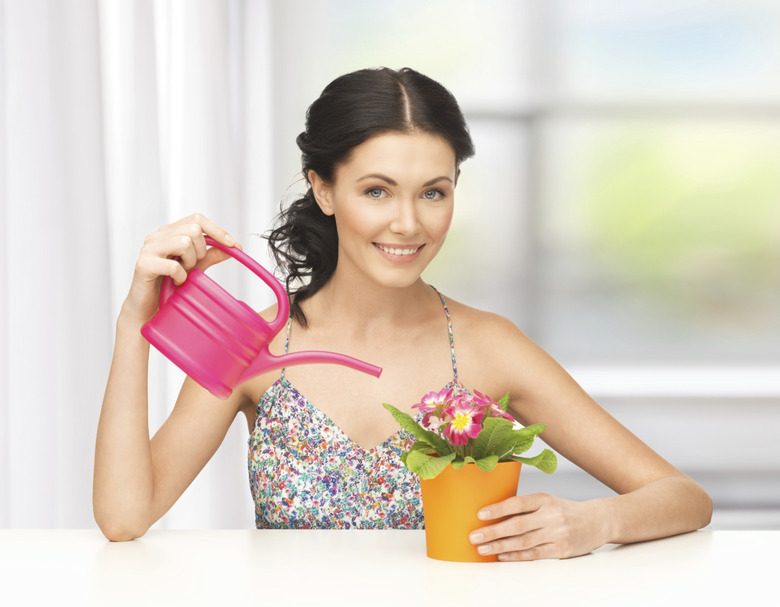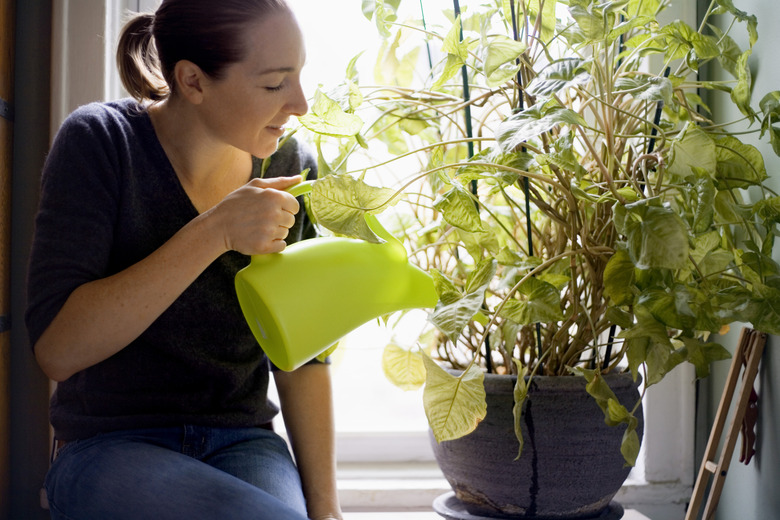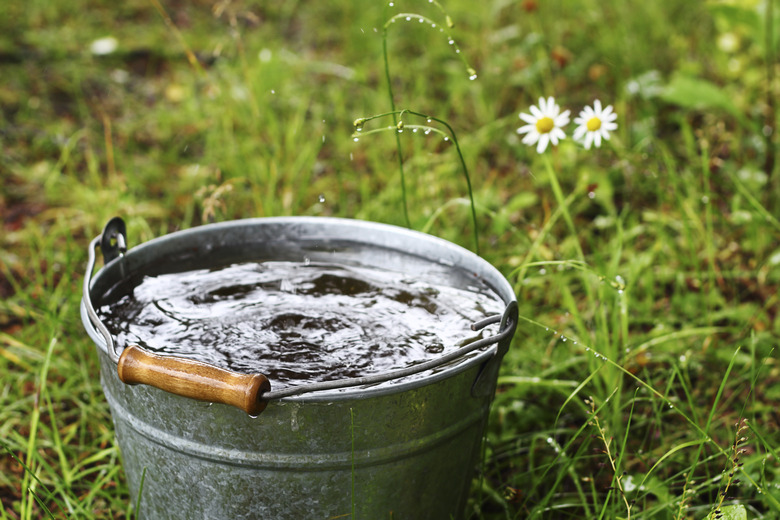What Temperature Should Water Be At When Watering Plants?
Plants are finicky. Changes in light, food and watering techniques always carry the risk of having an adverse effect on a plant. Therefore, it is important to pay attention to water temperature when watering your plants.
General Guidelines
General Guidelines
To eliminate any risk of hurting your plant, use room temperature water. This way, it's unlikely that you'll shock the plant or damage its roots. Simply let water sit until it is the same temperature as the room.
Effects of Cold Water
Effects of Cold Water
Watering with cold water may send your plants into "winter mode." They won't die necessarily, but they'll either stop growing or stop blooming. In general, keep cold water away from flowering plants. Orchids that are grown in temperature-controlled homes, however, tend to react well to ice cubes, as the temperature fluctuation helps them grow new flower spikes.
Effects of Hot Water
Effects of Hot Water
Hot water can cause root damage, or cause the plant to go into shock. Hot water can make plants wilt, even if they are blooming healthily.
Exceptions
Exceptions
Outdoor plants can usually deal with any temperature. Vegetables grown in an outdoor garden can stand whatever water you can get from a hose or spicket. Using slightly warmer water or slightly colder water once in a while will not hurt your plant either.
Rainwater
Rainwater
Most gardeners suggest using rainwater, caught in buckets or cups, to water plants because it contains extra minerals and nutrients—which may be more important than precise water temperatures. Of course, you can always let rainwater warm to room temperature before watering your plants.




